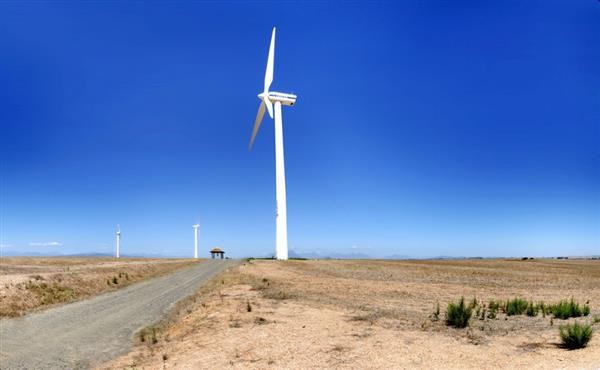Uruguay Wind Energy Programme (UWEP)
Between 2007 and 2014, Uruguay went from having virtual no installed wind generation capacity, to having 500MW, accounting for 10% of electricity generation. This was made possible by the Uruguay Wind Energy Programme, which created an enabling environment for renewable energy development. Initial public investment was able to trigger private sector investment, causing substantial growth in the sector. Mandating was used to require the state utility company to buy all energy generated by wind. As a result, wind power is now cost competitive with fossil-fuel generation.

The challenge:
Uruguay had relied heavily on hydropower for its electricity generation, however, as a result of dry years between 1997 and 2007, as well as growing electricity demand, the percentage of total electricity generation from hydropower fell from over 90% to around 50%, causing an increase in fossil fuel imports. Uruguay therefore chose to invest in wind energy in order to boost energy security, diversify supply and reduce imports.
The measure:
A $1 million investment from Global Environment Facility (GEF), coupled with $6 million national co-funding was provided to the United Nations Development Programme (UNDP) for Uruguay’s Wind Energy Programme. The programme supported the Government of Uruguay to design a new national policy on renewables, including reverse auctioning for large-scale renewables, and a feed-in tariff for small-scale installations.
Auction contracts allow independent energy producers to sell electricity at a standardised price, and through responsible purchasing public procurement mechanisms, a ‘must-take’ requirement was introduced by the government for the state utility company, Usinas y Transmisiones Eléctricas (UTE), mandating that the utility buy all electricity generated from wind. As a state-owned utility, UTE was obliged to align its business model with the government’s energy policy.
One of the problems with auctioning is that once the contract has been awarded, there is little incentive to connect the turbine to the grid as soon as possible, and installation and connection of the turbines can therefore end up taking quite a bit of time. UTE overcame this by offering higher prices for projects that connected before the end of 2014.
As UTE had no experience in variable generation to begin with, the GEF assisted Uruguay in the installation of a demonstration wind farm, which helped to build institutional and technical expertise in the sector. This acted as a showcase for private investors, and alongside workshops and other outreach activities, key stakeholders were informed about the potentials of the sector.
Uruguay had had an initial expectation that 300MW would be installed by 2015, but growth so exceeded expectations that the target was upgraded to 1.3GW.
Lessons learnt:
The underlying market conditions in Uruguay – rising electricity costs and increasing import dependence – were key factors in the successful launch of the practice, as was the awareness that wind energy development would help the national economy. By taking policies that had been successful in other countries, and learning from their implementation, Uruguay was able to avoid some of the problems experienced in other countries. This was particularly true for the auctioning system, where the provision of clear economic advantages for early installers. The case demonstrates how removing regulatory barriers and operating a well-designed auctioning system can support investment in wind energy deployment.
Further deployment:
Many countries face problems with inefficient auctioning systems, and the solution found in Uruguay – of giving premium financial returns for early activation – could be transferred to other countries. However, the relationship between government and energy utility, as a key factor, may be limiting in other countries. The practice is estimated at GML 8.
Links:
https://www.thegef.org/news/uruguay-wind-energy-programme-uwep
